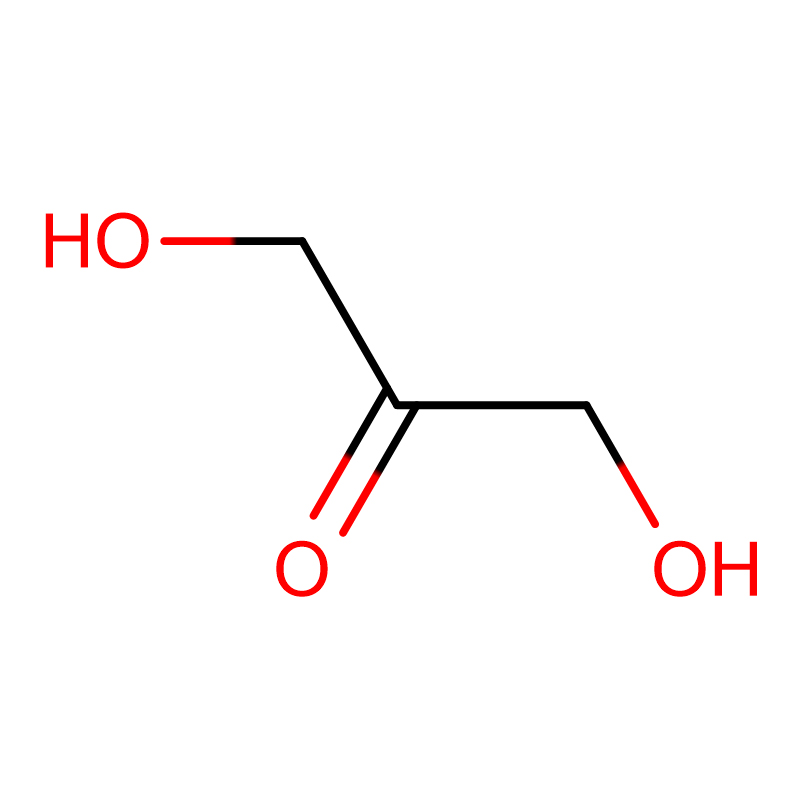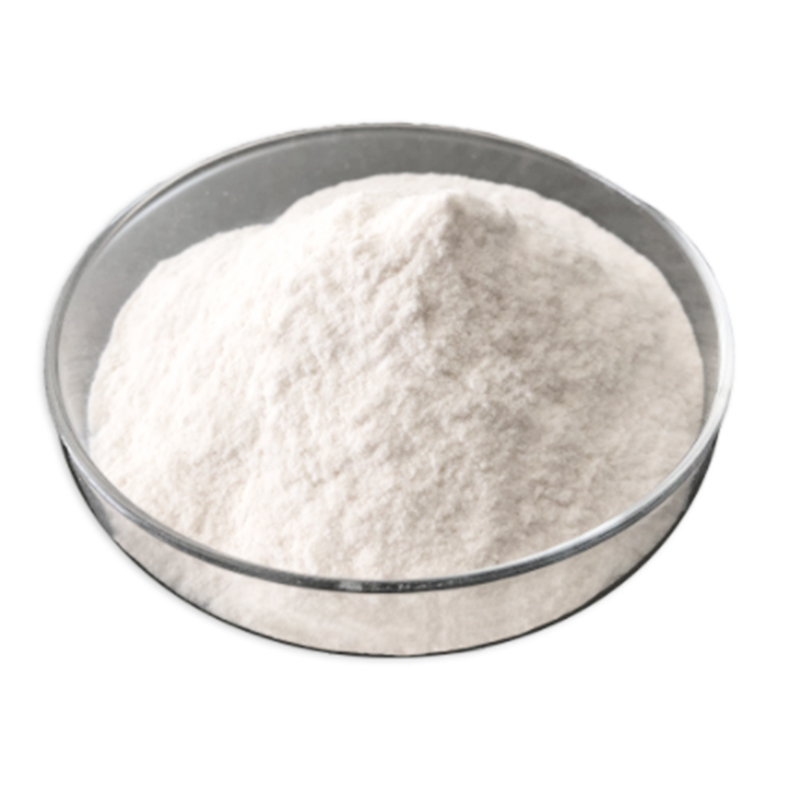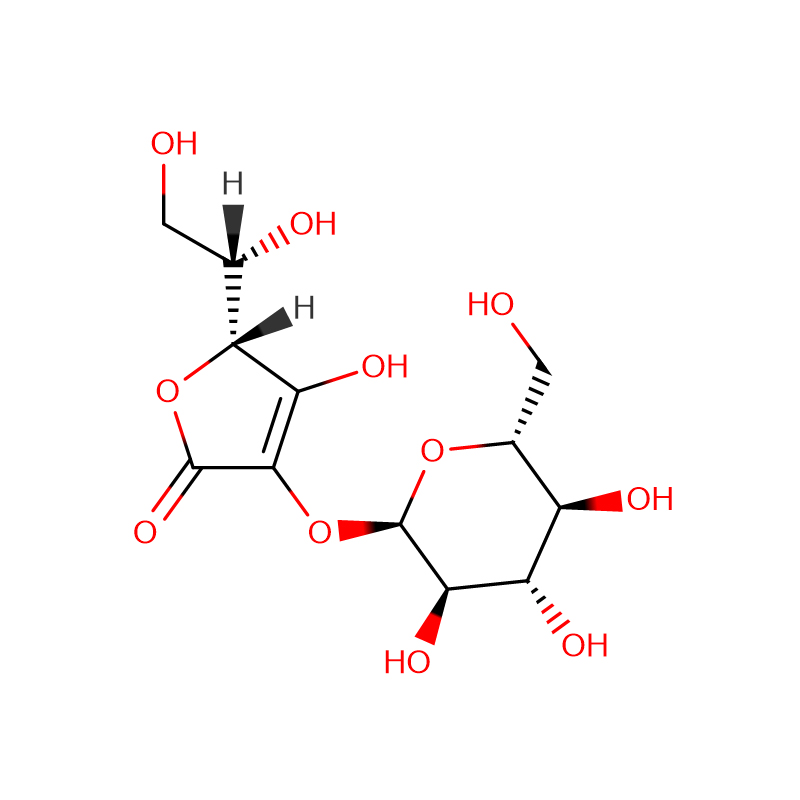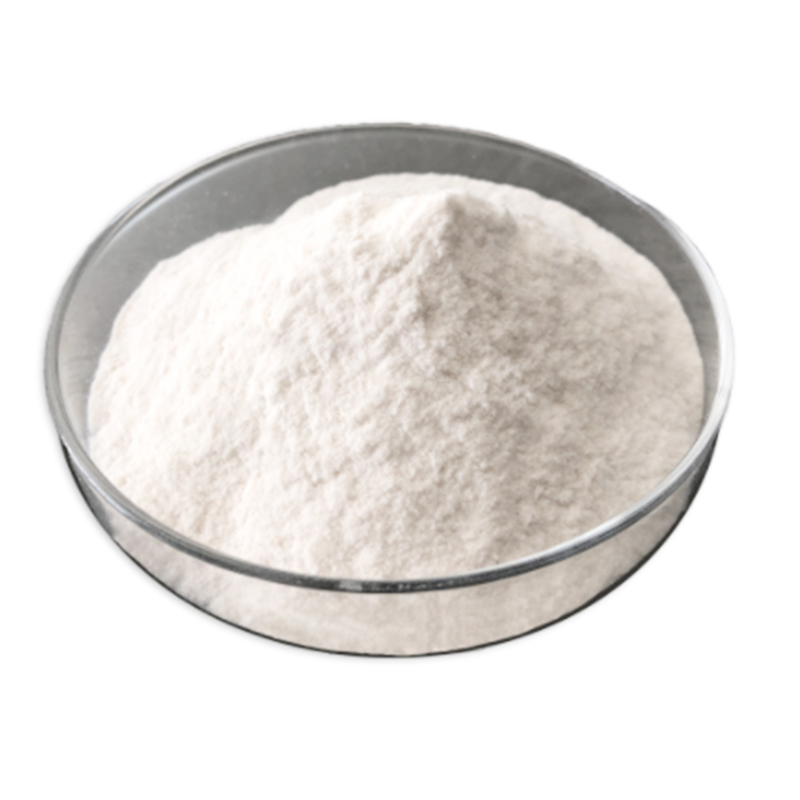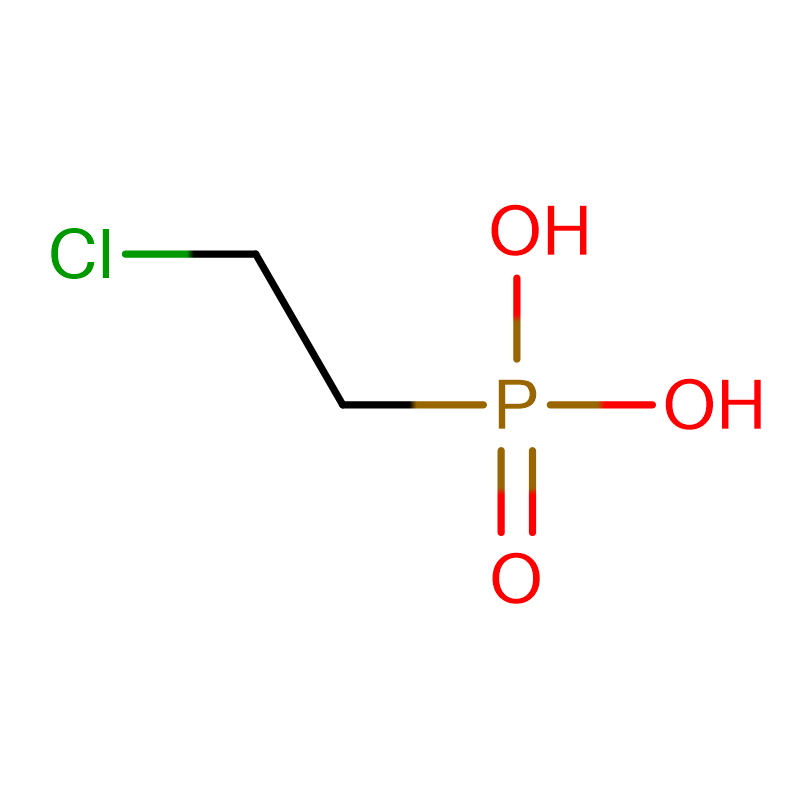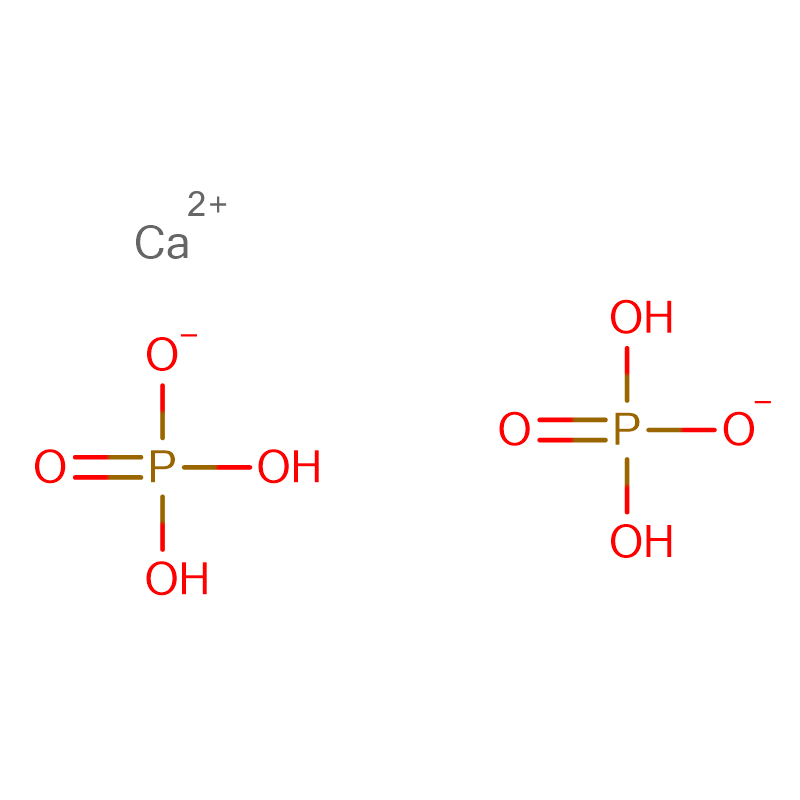DHA Cas: 6217-54-5
| Catalog Number | XD92089 |
| Product Name | DHA |
| CAS | 6217-54-5 |
| Molecular Formula | C22H32O2 |
| Molecular Weight | 328.49 |
| Storage Details | -20°C |
| Harmonized Tariff Code | 29161900 |
Product Specification
| Appearance | White powder |
| Assay | 99% min |
| Melting point | -44°C |
| Boiling point | 446.7±24.0 °C(Predicted) |
| density | 0.943±0.06 g/cm3(Predicted) |
| refractive index | 1.5030-1.5060 |
| Fp | 62°C |
| pka | 4.58±0.10(Predicted) |
The essential n-3 fatty acid α-linolenic acid (C18:3) serves as an energy carrier and precursor for the synthesis of EPA (C20:5) and DHA (C22:6) into which it is converted by chain elongation and introduction of extra double bonds. EPA is an important component of the phospholipids of cell membranes and lipoproteins. It also serves as a precursor in the synthesis of eicosanoids, which have a regulatory function on tissue hormones. DHA is a structural component in the cell membranes, particularly the nervous tissue of the brain, and plays an important role both for the synapses and the cells of the retina.
The conversion of α-linolenic acid to its long-chain derivatives EPA and DHA may not be sufficient to maintain optimal body functions. The limited conversion is mainly due to a dramatic change in eating habits during the past 150 years, resulting in increased n-6 PUFA intake and concomitant decrease in n-3 LCPUFA consumption in most industrialized countries. Therefore, the n-6 to n-3 ratio in our diet has changed from 2:1 to about 10 - 20:1. This change accounts for the inadequate biosynthesis of the biologically active n-3 PUFA, EPA, and DHA, as n-6 and n-3 PUFA compete for the same desaturase and elongase enzyme systems.




